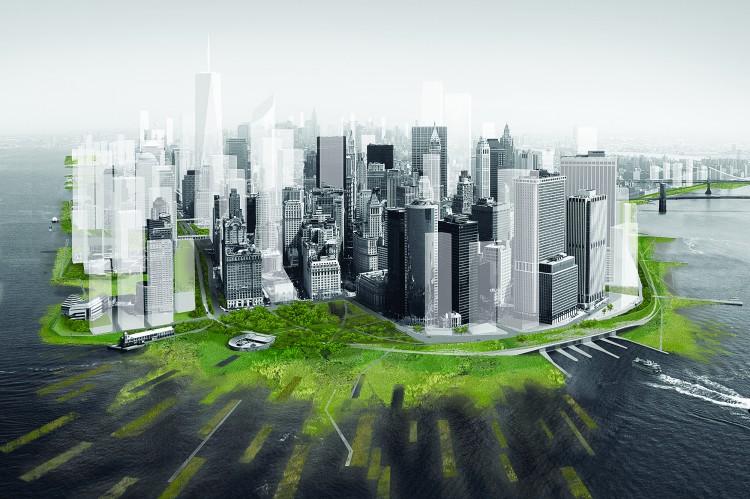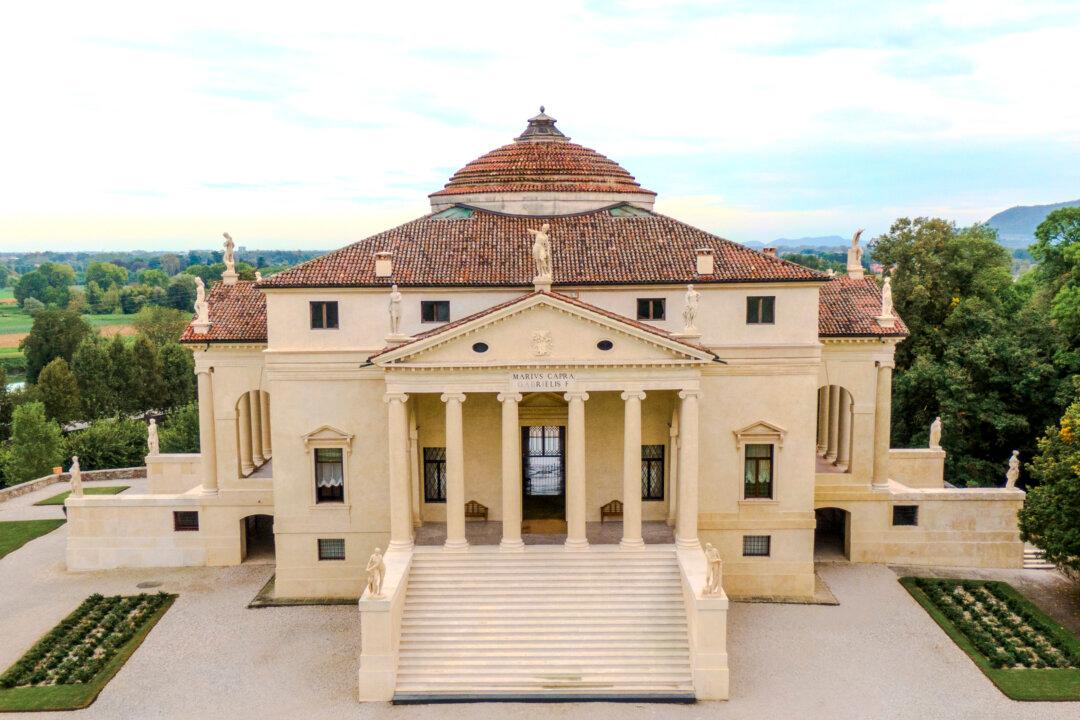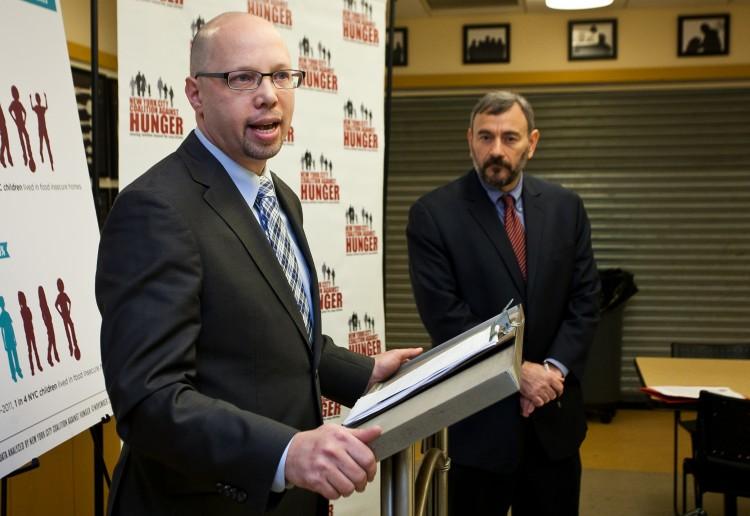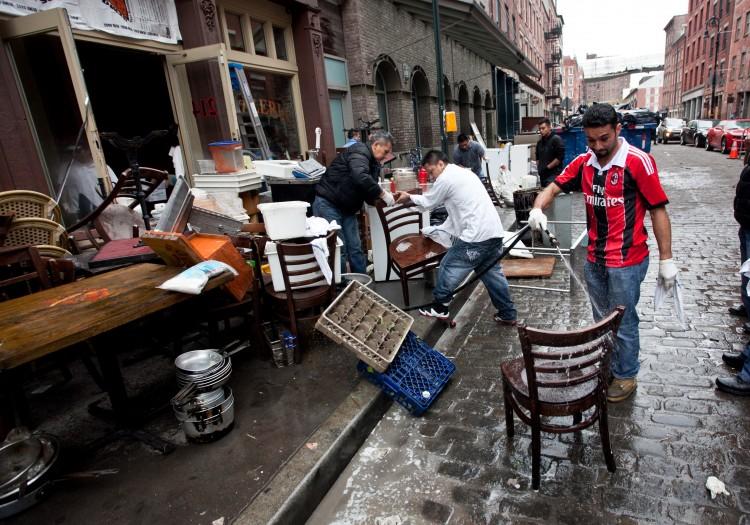NEW YORK—Superstorm Sandy left a swath of damage throughout New York City. Although devastating, it now provides opportunities to improve city infrastructure and the ability to better handle natural disasters. From political leaders to industry professionals and academics, all had their say this week as to what happens next.
City Council Speaker Christine Quinn outlined both short- and long-term proposals for the path forward in a speech delivered at the Association for a Better New York (ABNY) Tuesday. The plans included strategies for New York City’s buildings, energy and sewer systems, mass transit, and gasoline distribution.
The plan proposes speeding up research in a number of areas and develop detailed strategies that could address these areas. The speaker and the Bloomberg administration have commissioned two studies to be completed by April 2013. The studies will analyze risks to the city and the best ways to protect it. Meanwhile, Sen. Charles Schumer aims to utilize the Army Corps of Engineers to analyze weather protective structures such as storm surge barriers that guard against flooding.






